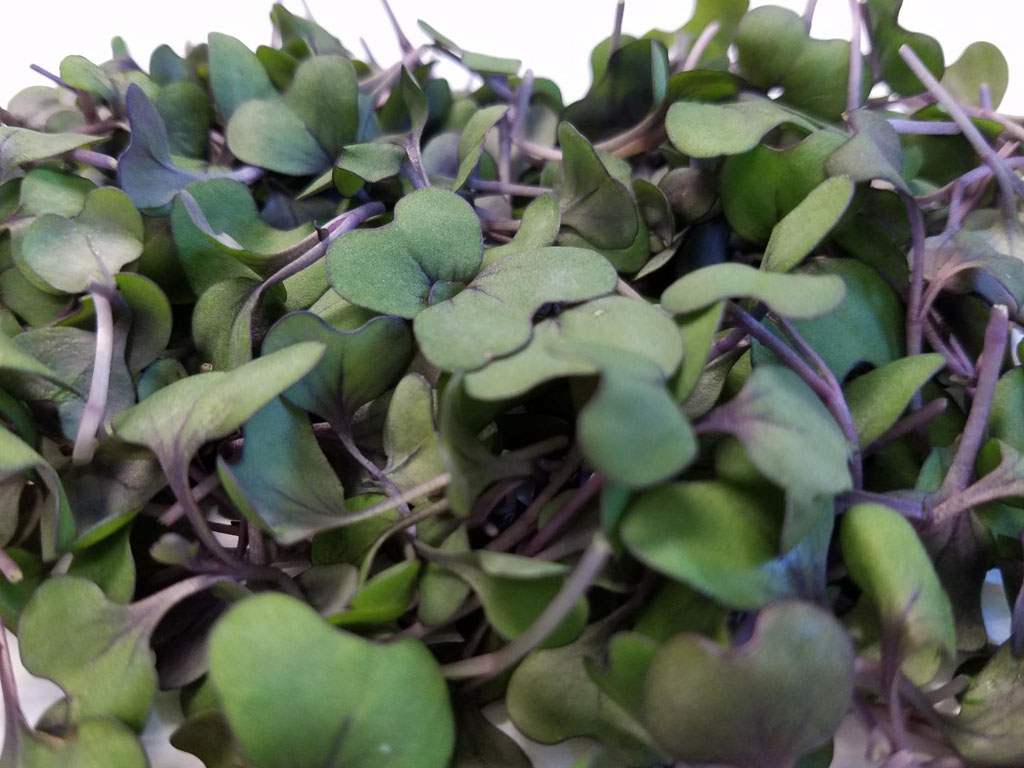Diet Augmented with Microgreens Lowers Cardiovascular Disease Risk
By LabMedica International staff writers
Posted on 27 Dec 2016
A diet augmented with red cabbage microgreens countered weight gain in a line of obese mice and reduced levels of cardiovascular disease indicators such as low-density lipoprotein cholesterol (LDL-c).Posted on 27 Dec 2016
A microgreen is a tiny vegetable green that is used both as a visual and flavor component or ingredient primarily in fine dining restaurants. Microgreens, which are smaller than “baby greens” and harvested later than “sprouts,” are produced from various kinds of vegetables, herbs, or other plants. They range in size from one to three inches in length including the stem and leaves. A microgreen has a single central stem, which has been cut just above the soil line during harvesting. It has fully developed cotyledon leaves and usually has one pair of very small, partially developed true leaves. The average crop-time for most microgreens is 10–14 days from seeding to harvest.

Image: In an animal study, red cabbage microgreens helped lower LDL cholesterol (Photo courtesy of the American Chemical Society).
Since previous studies had shown that full-grown red cabbage could reduce excessive cholesterol, investigators at the U.S. Department of Agriculture (Beltsville, MD, USA) evaluated the possibility that red cabbage microgreens might have a similar or even greater effect than their larger counterparts.
The investigators used a rodent diet-induced obesity model to address this question. A population of 60 five-weeks old male C57BL/6NCr mice were randomly assigned to six feeding groups: (1) low-fat diet; (2) high-fat diet; (3) low-fat diet + red cabbage microgreens; (4) low-fat diet + mature red cabbage; (5) high-fat diet + red cabbage microgreens; (6) high-fat diet + mature red cabbage. The animals were maintained on their respective diets for eight weeks.
Results published in the December 7, 2016, issue of the Journal of Agricultural and Food Chemistry revealed that microgreen supplementation reversed high-fat diet induced weight gain. Moreover, supplementation with microgreens significantly lowered circulating LDL levels in animals fed the high-fat diet and reduced hepatic cholesterol ester, triacylglycerol levels, and expression of inflammatory cytokines in the liver.
Overall, the results suggested that microgreens could modulate weight gain and cholesterol metabolism and may protect against cardiovascular disease by lowering elevated cholesterol levels.
Related Links:
U.S. Department of Agriculture













